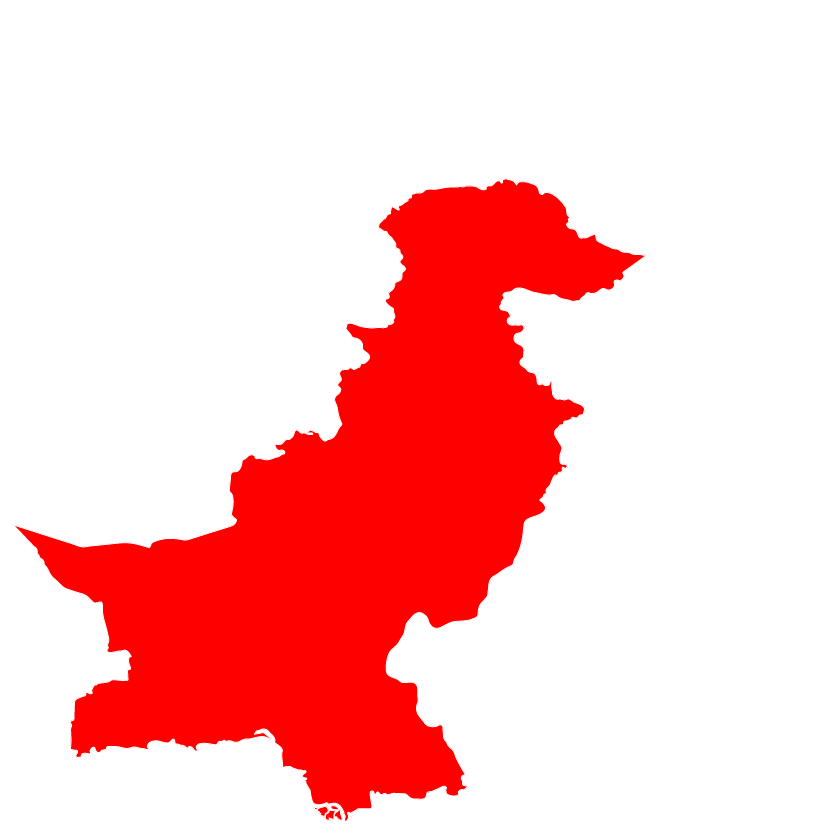The absence of significant rainfall in the last two to three seasons have triggered drought emergency in the southern part of Sindh Province in Pakistan. As per Sindh drought assessment conducted by FAO and EU in 2017, 100% of the area of Tharparkar was facing severe water scarcity. The district of Umerkot was facing severe water scarcity in 83.8% of it’s area and moderate water scarcity in the other 16.2%. As of 2018, the situation has become worse due to continuing lack of rainfall in the monsoon season. The national average for rainfall has been -24.4% below average with the Sindh region suffering most, receiving rainfall -69.5% below average. According to the Pakistan Meteorological Department (PMD), most of the districts in the province did not receive any rainfall in the month of August. This situation is leading to adverse effects on agricultural and domestic needs of the local communities in the area, further exacerbating the prevalent problems of poverty and child malnutrition. In the district of Tharparkar alone, nine infants have been reported dead during the month of August, while a total of 375 children have died due to malnutrition in 2018.
Pakistan: Drought Emergency
